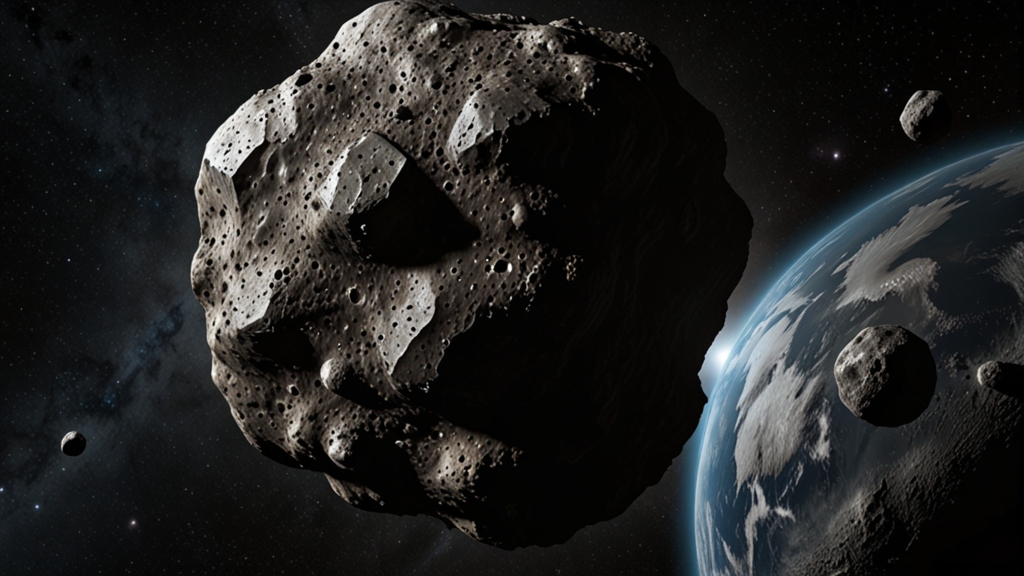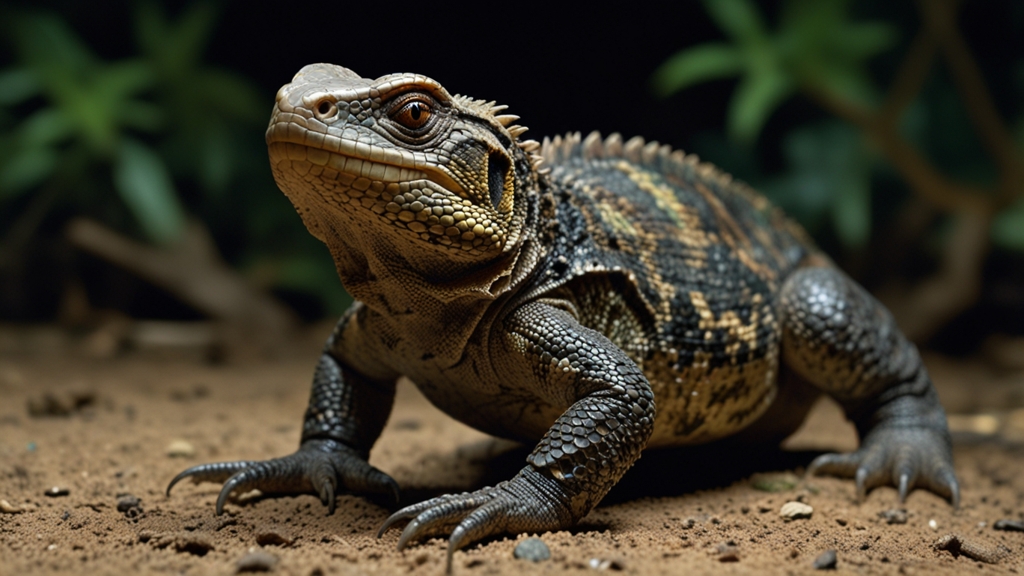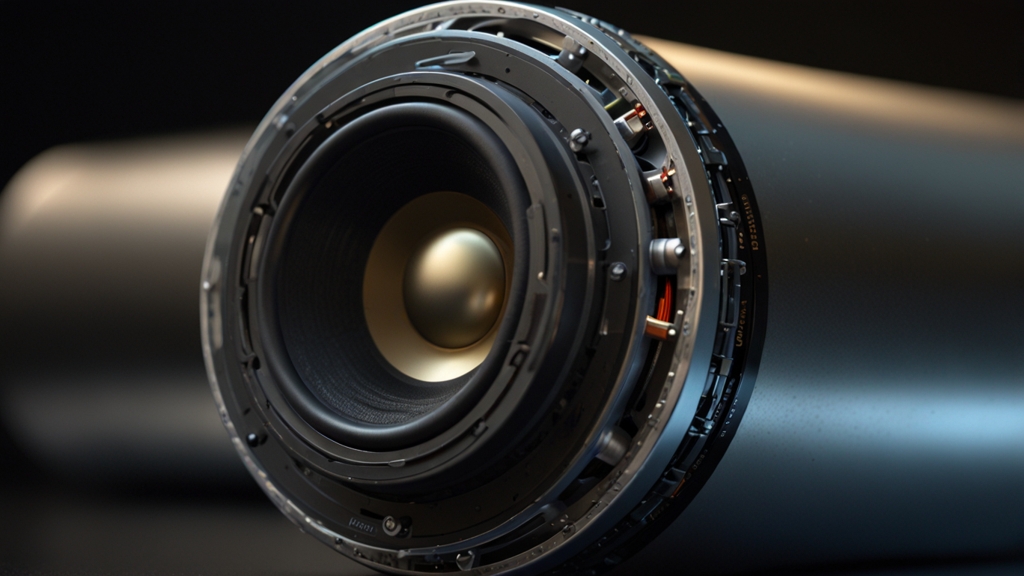Asteroids in Our Backyard: The Dangerous Truth About Near Earth Objects
When we look up at the night sky, the vastness of space offers a sense of awe and wonder. However, lurking in the cosmos is a myriad of celestial bodies—some that could pose a potential threat to our planet. Near Earth Objects (NEOs), particularly asteroids, are among these. Understanding what these are and the hazards they present is critical for the future of humanity.
What are Near Earth Objects?
Near Earth Objects are celestial bodies whose orbits bring them close to Earth. They include asteroids and comets. Asteroids are rocky bodies, primarily found in the asteroid belt between Mars and Jupiter, but some have orbits that bring them into the inner solar system. Comets, composed of ice and dust, originate mostly from the distant regions of our solar system and display visible atmospheres or tails when they approach the sun.
The Risk Posed by Asteroids
Although the probability of a catastrophic asteroid impact is low, the consequences could be devastating. Asteroids that are merely a few hundred meters in diameter can cause regional destruction, while those measured in kilometers can have global implications, including mass extinctions. The most famous impact event is the Chicxulub crater in Mexico, widely believed to have contributed to the extinction of the dinosaurs 65 million years ago.
"Asteroids have the potential to cause massive destruction or even end civilization if a large enough object were to hit Earth," says Dr. Jane Smith, a leading astronomer in planetary defense. "Our efforts to detect and deflect hazardous NEOs need significant advancements and international cooperation."
Detection and Monitoring
To mitigate the threat of NEOs, various space agencies and institutes around the world have put considerable effort into detection and monitoring. NASA's Near Earth Object Observations (NEOO) program aims to discover and track objects that could potentially impact Earth. Similarly, organizations like the European Space Agency (ESA) have initiatives like the Space Situational Awareness (SSA) program to monitor space threats.
Recent technological advancements have made it possible to detect smaller objects that were previously indiscernible. Ground-based observatories use high-powered telescopes to scan the sky, while space-based missions like NASA's NEOWISE have provided critical data for tracking these cosmic bodies.
Mitigation Strategies
Understanding the risk is just the first step; developing methods to prevent or mitigate an asteroid impact is equally crucial. Various strategies have been proposed, ranging from the feasible to the futuristic. One such method is the kinetic impactor technique, which involves sending a spacecraft to collide with an asteroid to change its trajectory. NASA's Double Asteroid Redirection Test (DART) aims to test this concept by targeting the Didymos asteroid system.
"Deflecting an asteroid requires precise calculations and timely interventions," states Dr. Alan Johnson, an expert in planetary defense. "We are making strides, but there's much more to be done to ensure Earth’s safety."
Another intriguing idea is the gravity tractor method, which involves positioning a spacecraft near the asteroid to exert a small gravitational force, gradually altering its path. Additionally, nuclear devices, although controversial, have also been considered for potentially breaking up or redirecting an asteroid.
The Role of Public Awareness
Public awareness and education play a significant role in planetary defense. Individuals and communities must understand the potential risks and support scientific efforts to track and mitigate these threats. Documentaries, public lectures, and educational programs can help disseminate this crucial information, fostering a better-informed populace.
Governments and international bodies must also collaborate to share data, resources, and strategies effectively. This global challenge requires a unified approach, transcending geopolitical boundaries.
Conclusion
In our quest to explore the universe, we must not overlook the peril that Near Earth Objects represent. With coordinated global efforts in detection, monitoring, and deflection strategies, we can mitigate these risks. The dangerous truth about NEOs is clear—while they pose a significant threat, our expanding technological capabilities and collaborative international efforts offer hope. Awareness, preparedness, and action are key to ensuring that our "backyard" remains a safe place in this vast universe.
"The stakes are astronomical, but our vigilance and preparedness can ensure that Earth remains a sanctuary in the cosmos," concludes Dr. Jane Smith.











